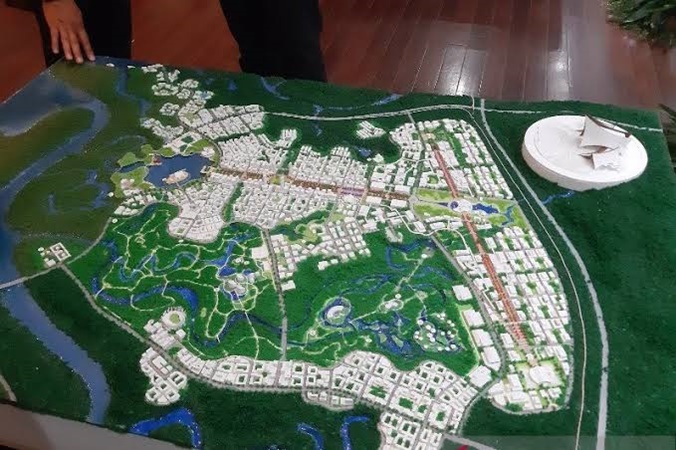
The development of Indonesia’s new capital city, Nusantara, can trigger a wave of urbanization. This urbanization wave will bring about changes in space utilization, human movement, lifestyles, and city management.
Professor Rini Rachmawati of the UGM Faculty of Geography addressed several issues related to the impact of urbanization stemming from the development of Nusantara.
This encompasses spatial planning, provision of settlements, infrastructure including physical, social, and digital aspects, preparation of buffer zones to anticipate urban sprawl and foster new development, job creation, and anticipation of the social impact of modern urban life.
“Smart and sustainable city management is also an aspect to be considered for Nusantara,” she stated in an online discussion on Tuesday (October 24).
Professor Rachmawati expressed that a smart city concept implemented in Nusantara should be habitable and intelligent for its residents.
Additionally, the Nusantara smart city can improve the quality of life by accelerating economic development and making the city smarter in various aspects such as administration, society, social life, economy, and the environment.
The development of the Nusantara smart city also allows the city to integrate different services under one roof with ICT integration.
Professor Rachmawati mentioned that the smart city concept can be seen as an alternative to developing Nusantara. The most critical elements of the smart city are related to smart governance.
In addition to designing smart branding in connection with the city’s image in developing the tourism ecosystem and creative industries, the concepts of smart living and smart environment must also be considered early on to create a comfortable, orderly, and safe city.
“The spatial planning and master plan of Nusantara have been formulated, covering sustainability principles. However, in the future, further cross-checking is needed on the implementation of smart, sustainable urban development for Nusantara,” Professor Rachmawati elaborated.
“Smart and sustainable development involves the government as the regulator, stakeholders in carrying out program activities, and society in strengthening capacity building.”
Meanwhile, a migration and population expert from the UGM Faculty of Geography, Professor Sukamdi, presented that in the development of Nusantara, secondary cities could be stimulated to prevent population growth around Nusantara. These cities would absorb migrants to avoid high population growth.
Professor Sukamdi said relocating the capital from Jakarta to Nusantara would lead to demographic changes, such as a rapid increase in the population, high population density, and accumulation of people around the capital.
“The dependency ratio will be low due to the migration of the working-age population, and the percentage of the elderly will also be low,” he noted.
Another potential effect is the marginalization of the local population. A large number of newcomers might displace the local people.
“This migration effect can also lead to labor market segmentation and social tension or conflict,” he explained.
Dr. Muhammad Sani Roychansyah, an urban and regional planning expert from the Faculty of Engineering at UGM, focused on forms of city planning that support realizing a smart and green city.
He mentioned that city planning offers a wide array of choices that depend on various factors, such as the physical environment, social dynamics, demographics, and the economy.
Dr. Roychansyah added that although compact cities are often claimed to represent sustainable city forms, strengthening accessibility, connectivity, and mobility using information technology in polynuclear-shaped cities is also highly possible.
“The process, procedures, dynamics, and innovative development toward the goal for the next 20 years are the key to Nusantara’s success, especially in integrating an area five times larger than Jakarta,” he explained.
Author: Ika
Photo: Antara.com

